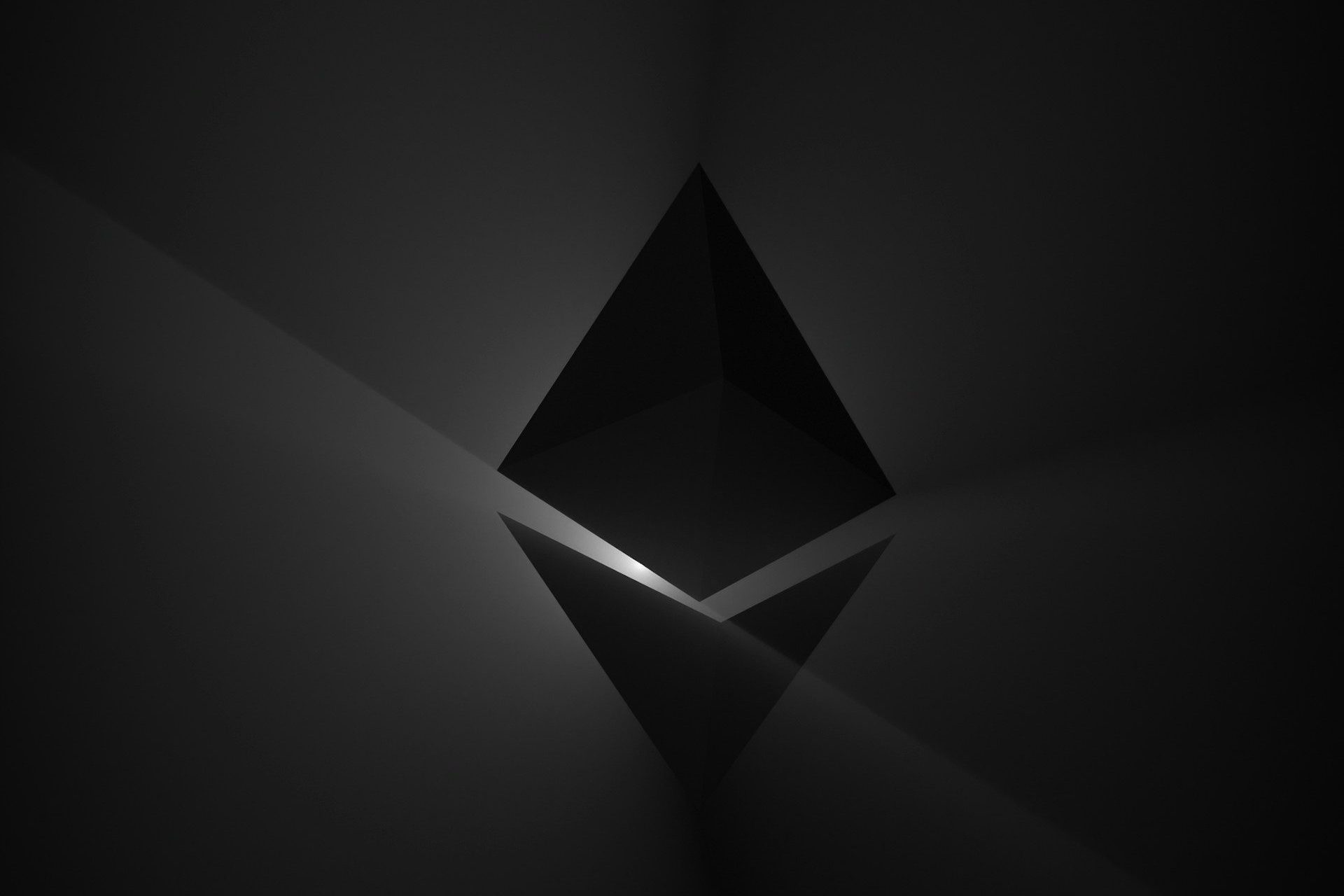Ronin, a well-known Ethereum sidechain network focused on gaming, is set to enable game developers to establish their own dedicated layer-2 chains using Polygon’s zero-knowledge zkEVM technology.
The introduction of zkEVM by Ronin aims to allow the launch of dedicated chains by the first quarter of 2025, providing game developers with the ability to accommodate a larger number of players and gain more control over their crypto game environments.

The goal is to establish a unified gaming ecosystem that allows seamless asset transfers, token swaps, and NFT trading while minimizing gas fees for users, according to Trung Nguyen, co-founder, and CEO of Sky Mavis, the developer of Ronin.
Ronin was initially developed for Axie Infinity, a popular monster-battling game that popularized play-to-earn gaming. With the recent resurgence of Ronin due to the success of third-party games like Pixels, the network now boasts 1.4 million daily active addresses.
By allowing creators to launch their own dedicated layer-2 chains, Ronin follows a strategy similar to other networks such as Avalanche, enabling teams to deploy dedicated “subnets” for games and decentralized applications.
The introduction of zkEVM will align incentives between Ronin’s layer-2 chains and the mainnet, requiring developers to stake 250,000 RON to run a validator before launching a new chain. The economic activity on layer-2 networks could potentially increase staking rewards for delegators.
Ronin may evolve into a layer-2 network, enhancing compatibility with Ethereum through an “AggLayer” approach. Polygon, known for its Ethereum scaling technologies, has been promoting the “AggLayer” strategy to unify various scaling networks.
Despite the positive developments, the RON token has experienced a decline in value, dropping by 27% over the past two weeks. Currently priced at $2.26, the token has fallen by 49% since peaking at $4.45 in March.

